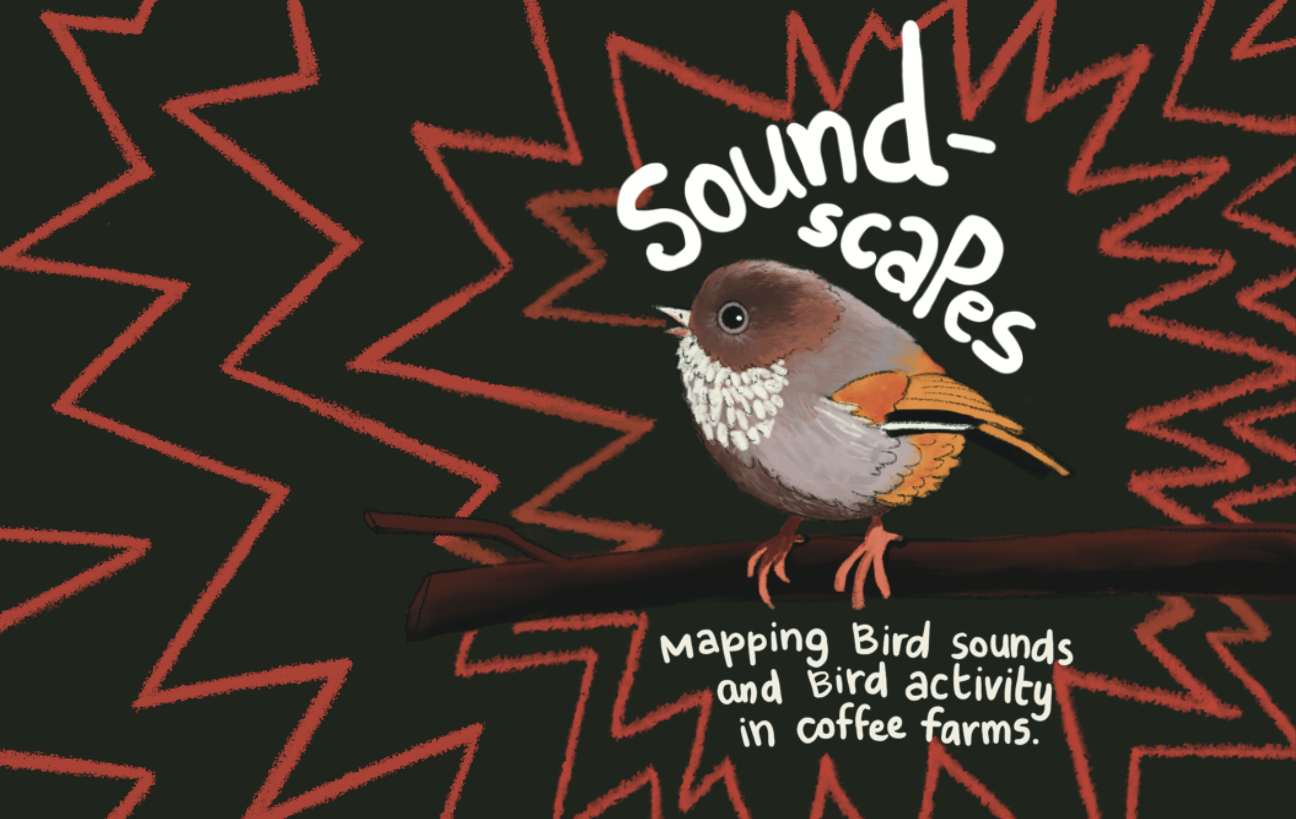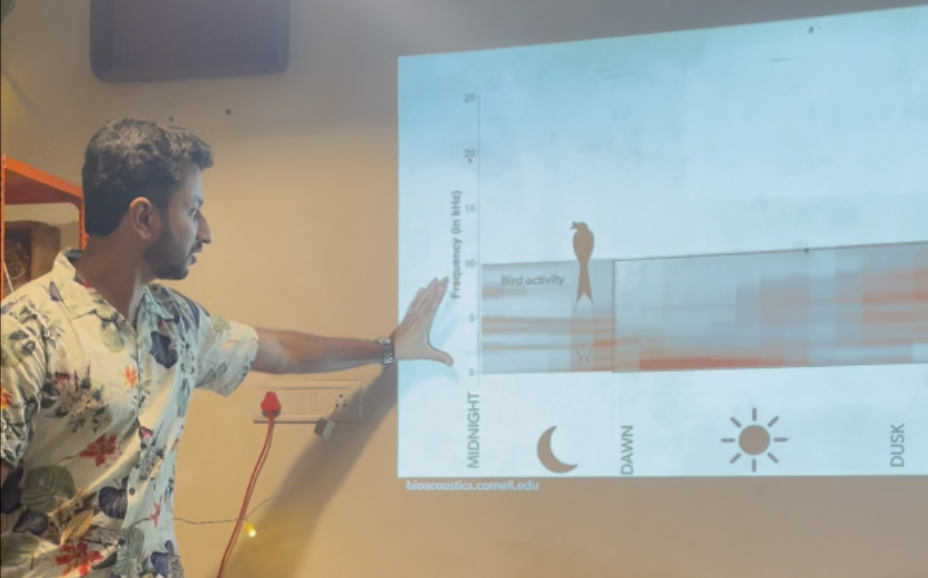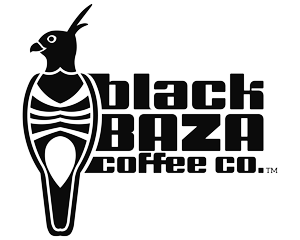
.
Soundscapes | 15.03.2024
Pulling off events in a small roastery demands ambition! It also requires much thought and a heart to host a tight-knit, attentive audience. We’re more than grateful for the usual bunch that show up, but we do these events with the intention of welcoming new members into our community. Hosting such events allows us to introduce folks to the ideas in biodiversity conservation and agroforestry methods in coffee cultivation.
One happy attendee expressed in awe, his curiosity to know how we decide the subject for these events. If you can’t tell by our name already, we hold the existence of birds undeniably close to us. This was only our second event as team Black Baza Coffee Co, and we got to do it on birds.
The first was in collaboration with Kyrgyz honey producers. We hosted a honey-tasting session with honeys brought from Kyrgyzstan as the conclusion of a week-long learning exchange between Black Baza and the Snow Leopard Trust’s community partners. We were able to host participants in the conversation about how Kyrgyz honey contributes to the conservation of the Snow Leopard habitat in the region.
We seek associations that are aligned with or can blossom from and into conservation efforts. This often leads us to meeting interesting people! This time around, it was Dr. Vijay Ramesh, an ornithologist, who uses bioacoustics to monitor bird populations in the western ghats. With Vijay’s help, we set up five Audiomoths to capture some exploratory data on the difference in bird activity in one – an intensively managed plantation (like tea), two – cardamom, and we planted three in coffee farms of our partner producers in BR hills. Two of these failed to work because of apparent, small tech bugs and glitches, which are common in these kinds of recorders, especially as they’re operated from a distance. The experience of setting these devices up also requires building a relationship and communicating with locals about safeguarding them, plus programming them to ensure information is getting logged.
The Audiomoth is a small device that picks up and logs sounds of various frequencies, even ones that are beyond human capabilities. You can learn more about them here.
‘Soundscapes’ was organised to share findings from our first fleet of Audiomoth setups in the field. We used collected sounds to make an immersive learning experience for the audience, to share the knowledge of what goes into bird monitoring, the tools required, ways of documentation of biodiversity and the use-case of collected data – representing, drawing inferences, to then using them to make conservation decisions. As these data points could get really technical, it was important to design the discussion around bird behaviour and narratives of environmental impact. What sounds were captured, what other sounds ended up getting logged, and how to differentiate and identify between birds and other species? What birds are communicating – mating calls, threat signalling, etc. Might more noise in our collected audio library be a good or a bad thing?

.
The three intact Audiomoths revealed interesting data. Tea estates exist in forest fragments, and it’s common knowledge – the lack of critters in intensively managed estates. The recorder at this site picked up more noise in fact, compared to our other moths. But this was mostly vehicular noise, from moving trucks and other transport on the road that runs adjacent to these estates.
Lots of bird activity was caught at our partner producer’s coffee farm. Here the Audiomoth was placed in a pouch hanging onto a huge ficus tree, capturing an abundance of sounds from many kinds of creatures. Different levels of tree canopies allow for various kinds of birds and wildlife to thrive within forests and even agro-forests. These sites did a lot better at exhibiting sounds from living creatures, the moth captured a lot of the buzzing at dusk, of active insects and other nocturnal species. This successful stint gave us more reason to continue being curious and optimistic about setting the long-term study on bird and biodiversity monitoring.
Coffee production, globally, threatens bird populations. But coffee farms that double as bird-friendly habitats ensure the presence of a mix of foliage cover, tree height, and biodiversity that creates quality habitats for birds and other wildlife. A huge amount of coffee is grown directly under the sun to increase yields. Forests are cleared to make space for these high-yielding uniform coffee plantations. The demand for fertilisers and pesticides adds on, as the next steps to keep pace with this production, because these farms are less resistant to pests in the absence of fundamental ecological services. For example, birds are necessary and especially useful in agricultural landscapes, they help pollinate – seed dispersal by eating fruit and then spreading the seeds through their droppings, regenerating forests, and maintaining plant diversity. They also help control pest populations by feeding on insects and rodents. This natural pest control is essential in reducing the need and use of harmful pesticides.
Current ways of major coffee production pose huge threats to the loss of the little remaining wild world. This lack undoubtedly disrupts delicate ecological balance. Birds are a food source for various predators, including mammals, reptiles and sometimes, other birds. They’re essential parts of food webs and are imperative in stabilising ecosystems. That’s why there’s such a serious need to champion better ways to grow and produce coffee. Shade-grown and bird-friendly coffee certifications have emerged to address this. Maintaining biodiversity is crucial in ensuring the health of our planet.



Leave a Reply